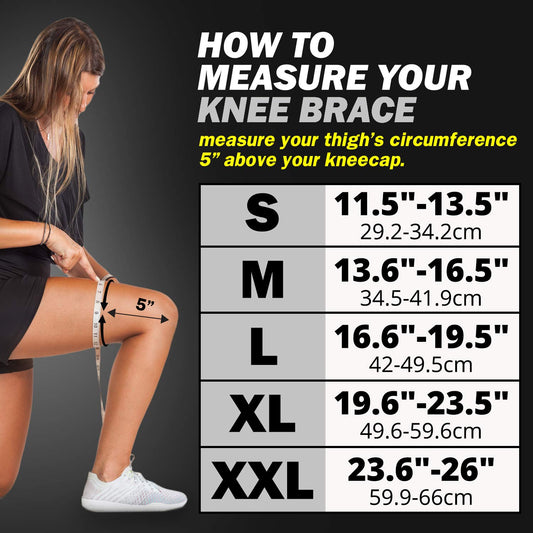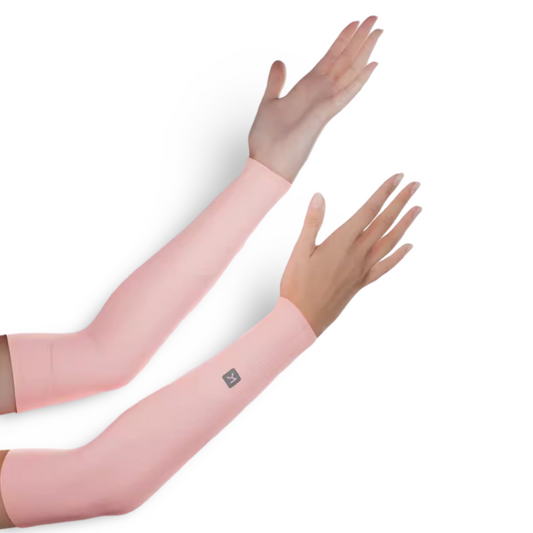Badminton is a dynamic and engaging sport, but like any physical activity, it comes with a risk of injury, especially for beginners. Many of these injuries stem from common mistakes in technique and how you play. Understanding these pitfalls is the first step toward preventing them, ensuring a safer and more enjoyable experience on the court. Here, we outline seven typical body pains and muscle soreness encountered by beginner badminton players, highlighting the usual causes and offering advice to avoid them.

1. Wrist Sprains / Soreness
Wrist soreness among beginner badminton players usually stems from two main causes.
The first is incorrect wrist rotating during forehand shots. Beginner players tend to move their wrists forward during the arm swing (too early), making the action resemble a wrist press rather than a flip. The correct way of using your wrist involves moving the palm forward (like the initial motion of swinging a hammer) during the arm swing, and then extending and rotating the wrist to flip it just before hitting the ball. Using your wrist properly not only should prevent any discomfort, but it can also greatly boost your power during shots.
The second main cause of wrist soreness is that beginner players rely on flipping their wrists and arms to generate power during backhand shots, which can lead to soreness in the wrist and elbow. The correct method is to use the arm to drive the swing motion and then the wrist just follows the motion to flip, with the power coming from the fingers (thumb pushing outward, and the little finger, ring finger, and middle finger pulling inward).
2. Tennis Elbow / Elbow Soreness
Elbow soreness can be categorized into muscle soreness and joint soreness. Muscle soreness is mostly due to improper wrist rotation posture, causing excessive strain on the front elbow muscles. Joint soreness mainly results from incorrect backhand power generation and bending the elbow joint excessively during power generation, causing the reaction force on the elbow.
3. Lower Back Pain
Over 70% of waist soreness among beginner players is due to not paying attention to the force dissipation process after pulling backcourt clear shots. It's important to step forward with the right foot (for right-handed players) following through after hitting a clear shot in the backcourt, ensuring the waist muscles are fully extended and not bearing excessive reactive force.
4. Shoulder Injuries / Soreness
Most shoulder soreness is caused by hitting backcourt shots too late (after the shuttlecock has flown over the head) and relying on arm strength to hit the ball. Attempting to hit the bird and save the shot after it has passed over the head can easily cause shoulder soreness.
5. Knee Injuries / Soreness
The main reason for knee soreness among beginner players is usually the final step of the footwork not being wide enough, not landing on the heel, and not pointing the toes outward. This results in the body's forward momentum not being transferred through the leg to the foot but instead concentrating on the knee, causing soreness.
6. Ankle Sprains / Soreness
The main reason for ankle soreness is not pointing the toes outward when moving (especially when moving side to side), leading to the body weight not being transferred through the foot to the ground, directly affecting the ankle.
7. Toe Numbness / Toenail Detached
If you often feel numbness on your big toe after play. Be careful. You might be earing wearing shoes that are too small can lead to injuries, and even losing a toenail. Consider getting a pair of shoes that's slightly larger (about half a size bigger).
By focusing on these common areas of concern, beginners can greatly reduce their risk of injury and enhance their playing experience. Remember, practicing with the correct technique is as crucial as practicing itself.
Scroll down to see our curated list of badminton protective gears, mainly for giving your muscles more support before they are strong enough. If you get sprains or injuries, remember to rest for a few weeks until they fully recover (consult a professional Orthopedics or sports medicine doctor).









